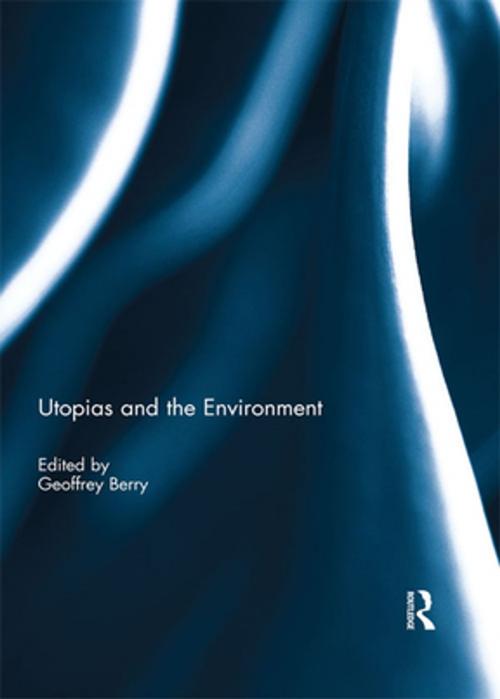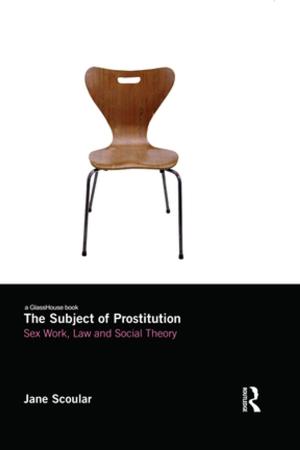| Author: | ISBN: | 9781317383680 | |
| Publisher: | Taylor and Francis | Publication: | October 2, 2017 |
| Imprint: | Routledge | Language: | English |
| Author: | |
| ISBN: | 9781317383680 |
| Publisher: | Taylor and Francis |
| Publication: | October 2, 2017 |
| Imprint: | Routledge |
| Language: | English |
Utopias and the Environmentexplores the way in which the kind of ‘dreaming’, or re-visioning, known as the ‘utopian imaginary’ takes environmental concerns into account. This kind of creative intervention is increasingly important in an era of ecological crisis, as we witness the failure of governments worldwide to significantly change industrial civilization from a path of ‘business as usual.’
In this context, it is up to the artists – in this case authors – to imagine new ways of being that respond to this imperative and immediate global issue. Concurrently, it is also up to critics, readers, and thinkers everywhere to appraise these narratives of possibility for their complexities and internal conflicts, as well as for their promise, as we enter this new era of rapid change and adaptation. Because creative and critical thinkers must work together towards this goal, the idea of the critical utopia, coined by Tom Moylan in response to the fiction of the 1970s, is now ingrained in the common argot and is one of the key ideas discussed in this book. This development in the genre, which combines self-reflexivity and multiple perspectives within its dreaming, represents the postmodern spirit in its most regenerative aspect. This book is testament to such hopes and potential realities. This book was originally published as a special issue of Green Letters.
Utopias and the Environmentexplores the way in which the kind of ‘dreaming’, or re-visioning, known as the ‘utopian imaginary’ takes environmental concerns into account. This kind of creative intervention is increasingly important in an era of ecological crisis, as we witness the failure of governments worldwide to significantly change industrial civilization from a path of ‘business as usual.’
In this context, it is up to the artists – in this case authors – to imagine new ways of being that respond to this imperative and immediate global issue. Concurrently, it is also up to critics, readers, and thinkers everywhere to appraise these narratives of possibility for their complexities and internal conflicts, as well as for their promise, as we enter this new era of rapid change and adaptation. Because creative and critical thinkers must work together towards this goal, the idea of the critical utopia, coined by Tom Moylan in response to the fiction of the 1970s, is now ingrained in the common argot and is one of the key ideas discussed in this book. This development in the genre, which combines self-reflexivity and multiple perspectives within its dreaming, represents the postmodern spirit in its most regenerative aspect. This book is testament to such hopes and potential realities. This book was originally published as a special issue of Green Letters.















